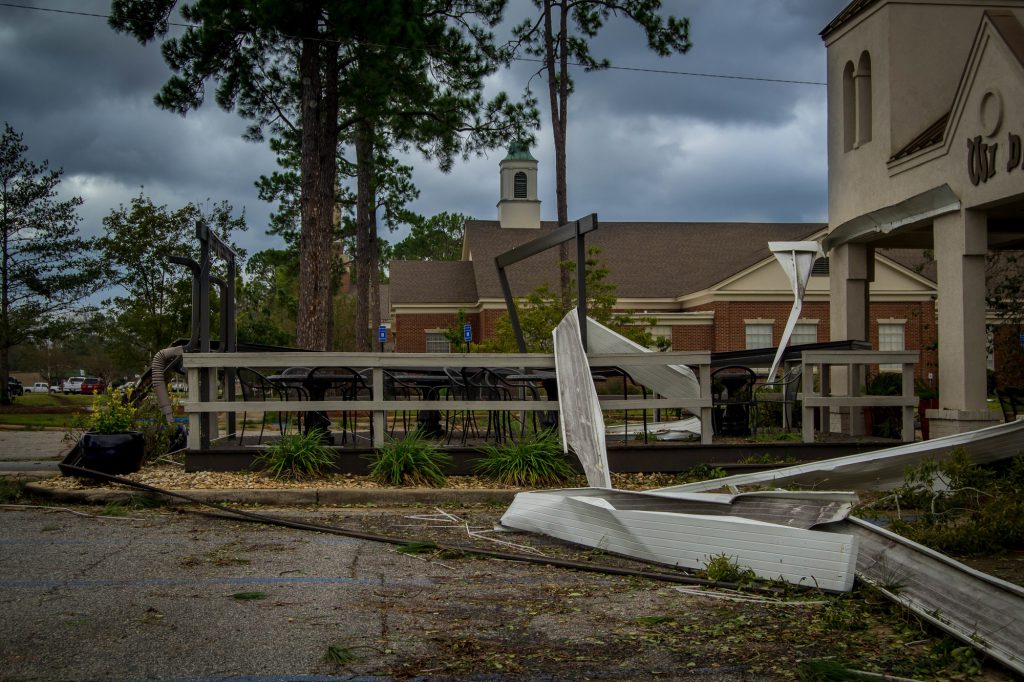Hurricane Michael caused devastation across Florida in October 2018. Although for many people the impact has been horrendous, in times of trouble an event like this can bring the best out in people. One such story is of the inmates of Walton County Jail who volunteered to clear debris to help their community.
Are you hoping to clean up around where you live after Hurricane Michael? If so, read on to learn the top storm cleanup tips.
1. Stay Safe
The first priority in any post-storm situation is to stay safe. It’s understandable for you to be keen to get on with the storm clean up but don’t make a difficult situation worse by taking unnecessary risks.
The Florida disaster may have had an immediate impact but there are other post-storm events too. Storms are often followed by heavy rain. Heavy rain can cause flooding.
Flooding has its own risks. First, switch off the power but only do this if the water level hasn’t risen above the outlets in the room where the main breaker is housed. If you don’t do this you may be at risk of life-threatening electrical shock.
Call the utility company or an electrician to make your property safe. Always take advice from a qualified electrical engineer when dealing with electrical safety.
2. Insurance
Take photographs of all the damage and debris no matter how small. It may be useful evidence for an insurance claim. Contact your insurance company as soon as possible for advice on how to progress with your cleanup and any claim.
3. Remove Water
Water damage can be some of the most devastating for a property. It takes its toll in a number of ways.
It brings dirt and contamination into your home. It damages the materials your home is made of as well as your belongings. It encourages damage from mold and mildew in the future.
Pump out basements and standing water. Use a wet vacuum cleaner or mop for smaller amounts of water. Unblock any drains that have been filled with dirt, leaves or other debris.
4. Dry Out
Once the standing water has gone the dry out can begin. Circulate the air by opening windows if it’s safe to do so. Use a dehumidifier to extract damp air.
5. Remove Infection Threat
Flood water brings the threat of infection if it is contaminated by sewage. Use a disinfectant such as bleach with warm water to clean all surfaces. Floors, walls and any other contaminated material should be disinfected.
You should use a mask and gloves to protect yourself. Look out for infections and monitor the health of your family and yourself.
6. Extract Drywall
The material on the inside of many walls is drywall. This material is great for insulating homes but it is easily damaged by water.
If it has been soaked by flooding it is likely to develop mold before it fully dries out. Remove the wet portion of drywall and any insulation.
7. Trees and Shrubs
Make any damaged trees or shrubs safe. Assess if they need to be removed or can be saved. Prune any damaged branches and remove any debris that is caught in the trees and shrubs.
8. Clear your Yard
Inspect and assess the damage in your yard. If debris has accumulated in your yard collect and remove it. Raking or leaf blowing may be all that is needed.
9. Roofing
High winds can damage your roof. Check inside your house to see if there are any leaks that are not obvious from the outside. Inspect your roof and have any damage repaired.
In a storm clean up contractors can be difficult to get hold of. They will be busy. Make temporary repairs to prevent water getting in.
10. Windows
Remove any broken glass and make safe any shattered windows. Board up broken windows. Have any repairs completed as soon as possible.
Storm Cleanup
The post-storm cleanup may seem a huge task. Tackle it one thing at a time and stay safe. Little by little you will make progress.
To learn about urgent healthcare, contact us.




